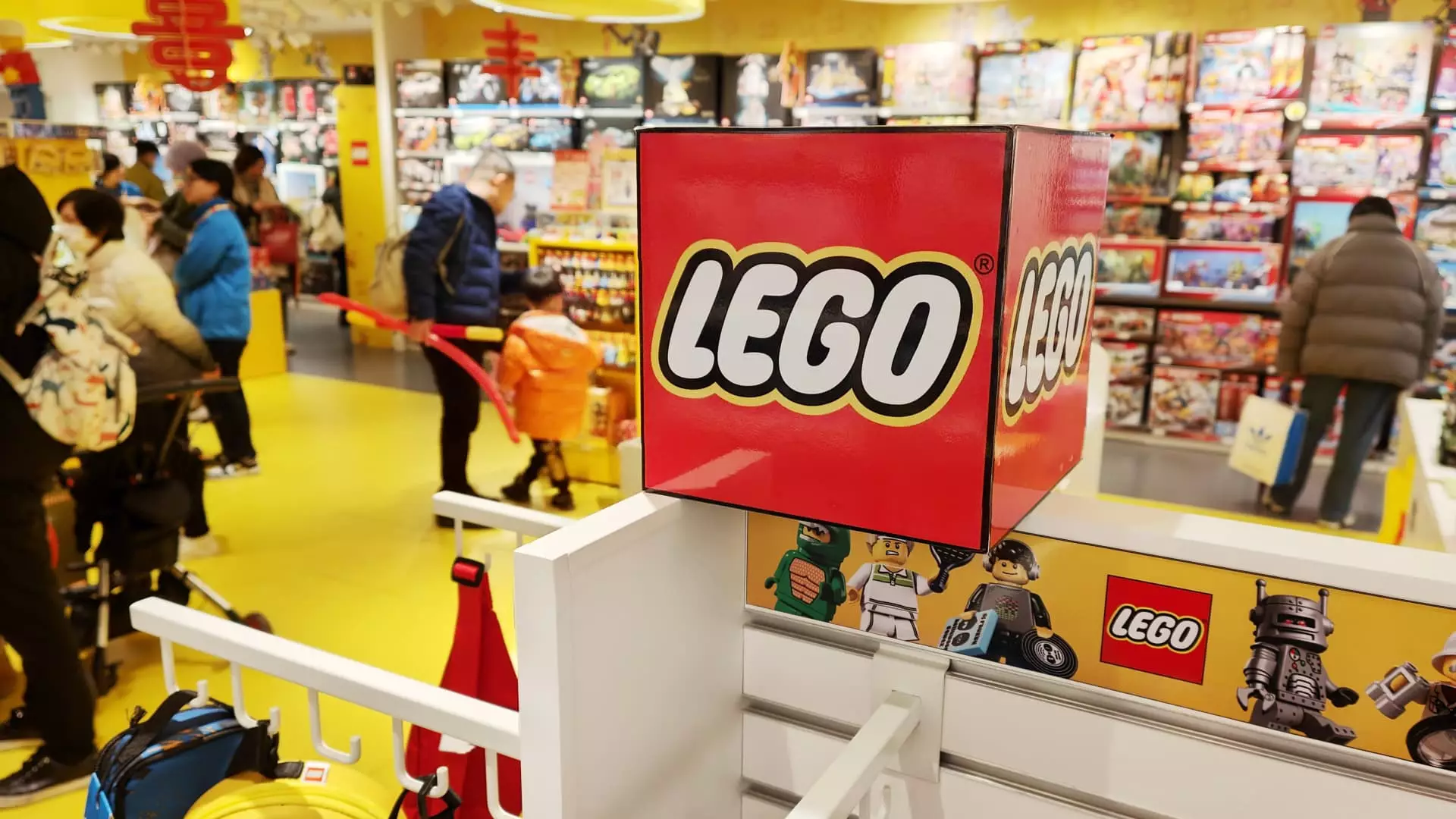The toy industry faced a challenging period in the first half of 2024 due to an inflation-fueled sales slump. However, amidst this turmoil, one company stood out by gaining market share brick by brick. Lego, the Danish toymaker, reported a 13% increase in revenue during the first six months of the year, amounting to 31 billion Danish krone, approximately $4.65 billion. Niels Christiansen, the CEO of Lego, attributed this success to the company’s strength across its portfolio, particularly with products like Lego Icons and Lego Creator, as well as its partnership with Epic Games’ Fortnite.
While industry rivals like Mattel and Hasbro faced declining sales figures, Lego managed to buck the trend. Mattel experienced a 1% decrease in net sales, partially due to tough comparisons from strong toy sales in 2023 driven by “Barbie.” Hasbro also reported a 21% decline in net revenue, largely impacted by the divestment of eOne. In contrast, Lego continued to thrive by offering a diverse range of products catering to both children and adults. The company’s innovative design options, including sets related to popular franchises like Harry Potter and Star Wars, as well as creative builds like flowers, succulents, and animals, resonated well with consumers.
While Lego’s sales in the U.S. and Europe remained robust, the company faced stagnant sales in China. Christiansen attributed this to Chinese consumers spending less on high-ticket items and reducing the frequency of their purchases. Despite this challenge, Lego remained committed to expanding its presence in China, acknowledging the long-term potential of the region. The company opened 40 new stores in the first quarter, with half of them located in China. Additionally, out of the 60 planned store openings for the second half of the year, 20 are scheduled for China, highlighting Lego’s dedication to growth in the market.
Christiansen also emphasized Lego’s sustainability efforts, stating that the company had nearly doubled its use of renewable and recyclable materials in its products compared to the previous year. This milestone reflected Lego’s commitment to environmentally friendly practices, even if it meant incurring higher costs for materials. Despite the increased expenses, Lego decided not to pass on the additional cost to consumers, prioritizing the adoption of sustainable practices in its production process.
Looking ahead, Lego aims to source half of its raw materials from sustainable sources in the coming years. By continuing to prioritize sustainability, the company hopes to set an example for the industry and encourage other companies to adopt eco-friendly practices. Christiansen reiterated Lego’s commitment to driving innovation in sustainable material sourcing and production processes, highlighting the importance of collective industry efforts to accelerate this transition.
Lego’s resilience and success in the toy industry amidst challenging market conditions serve as a testament to the company’s strategic focus on product innovation, global expansion, and sustainability. As the industry continues to evolve, Lego remains a key player that sets the bar high for creativity, quality, and environmental consciousness.

Leave a Reply